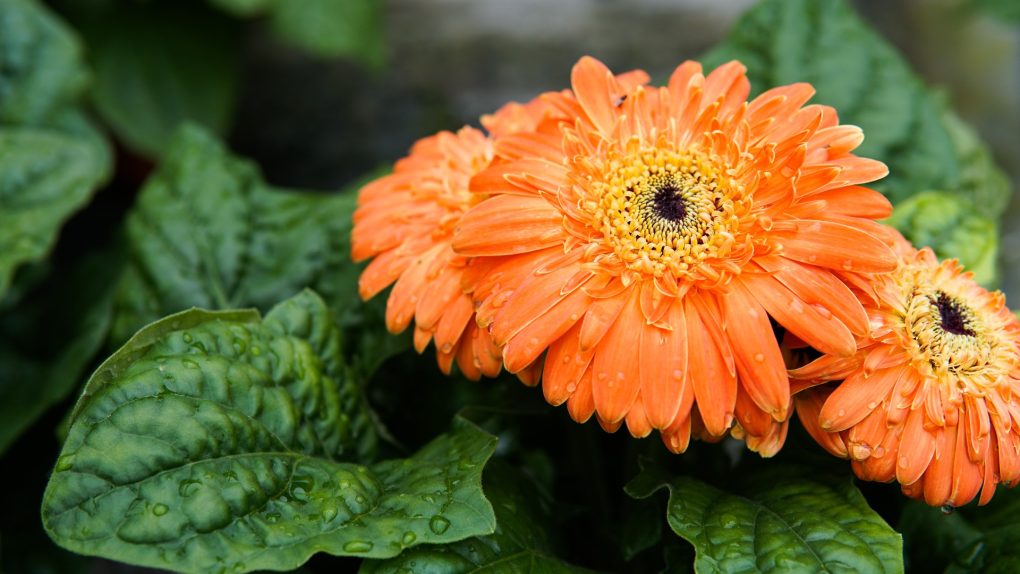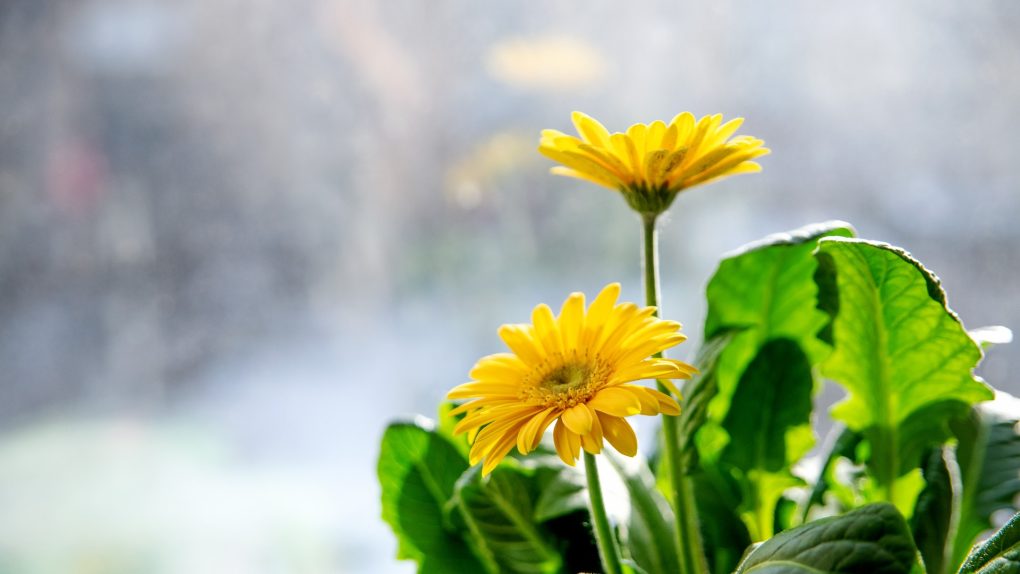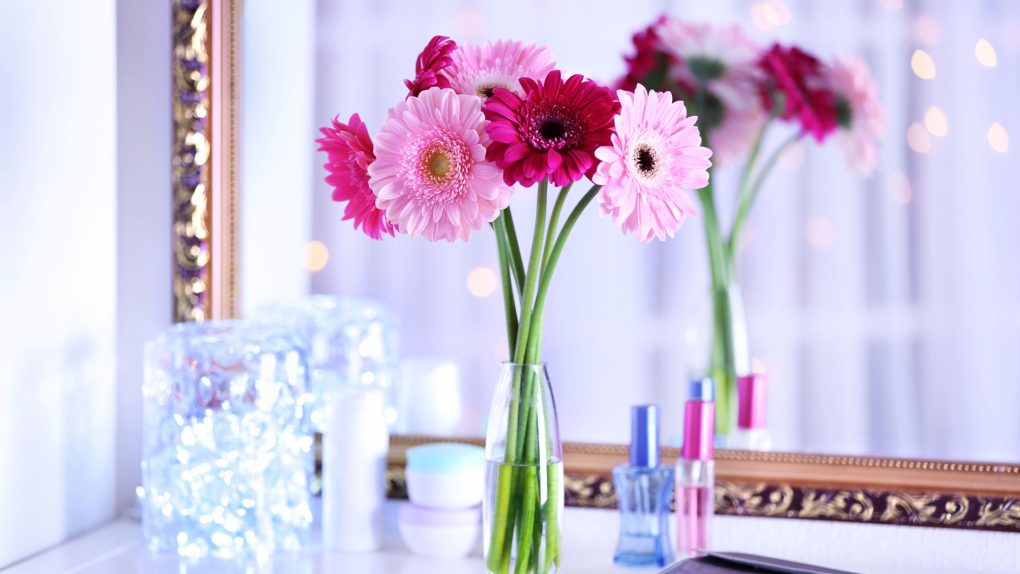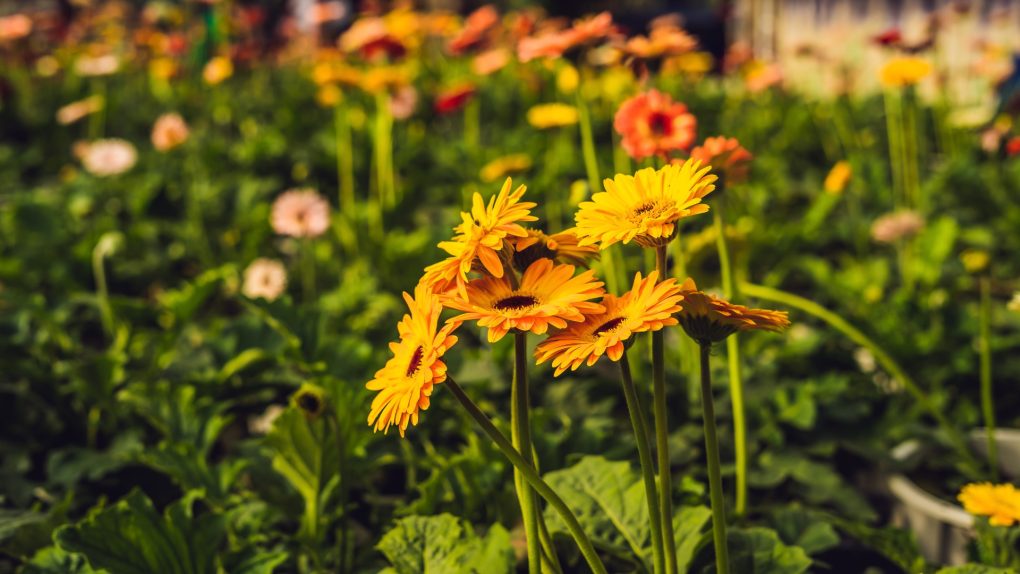Annual or Perennial? Understanding the Lifespan of Gerbera Daisies
Gerbera daisies (Gerbera jamesonii) can be classified as annual and perennial, depending on the climate and growing conditions. In regions with mild winters or frost-free conditions, gerbera daisies behave as perennials and can bloom year-round.

On the other hand, in areas with harsh winters, they are grown as annuals and replaced each growing season. To have gerbera daisies return yearly in colder climates, protect them by overwintering indoors or grow them as houseplants.
Table of Contents
Definition of Annuals and Perennials
Understanding the difference between annuals and perennials is crucial for gardening. Annual plants, including gerbera daisies, complete their life cycle in a single growing season, while perennials can live for multiple years.
Depending on the climate and growing conditions, Gerbera daisies can fall into both categories. Annuals offer quick bursts of color and require less maintenance, making them ideal for adding beauty to garden beds or containers. Perennials provide long-term beauty and require more care, but they are reliable sources of color year after year.
Factors That Affect Gerbera Daisy Longevity
Various factors affect the longevity of Gerbera Daisies, including climate, soil quality, and sunlight exposure. They are typically grown annually in colder climates and will not survive the winter.
To promote healthy growth, these daisies require well-draining soil with a neutral pH and regular watering. Adequate sunlight exposure is crucial for optimal growth and blooming. With proper care, Gerbera Daisies can bloom for several years, making them a great addition to any garden or flower bed.

Climate
Climate significantly impacts the longevity of Gerbera Daisies. These sun-loving plants thrive in warm, temperate climates with abundant sunlight. However, they are sensitive to frost and extreme temperatures, so protecting them from harsh weather conditions is essential. It is best to plant Gerbera Daisies as annuals in cooler climates to ensure they survive the winter. Proper watering and fertilization also help prolong the life of your Gerbera Daisies. Finally, consider planting them in a location that receives morning sun and afternoon shade for optimal growth.
Soil Type and Fertility
Soil type and fertility are crucial factors that can impact the longevity of gerbera daisies. These vibrant flowers prefer well-drained soil rich in organic matter. Maintaining proper soil pH levels, ideally between 6.0-6.5, is equally important for optimum growth. Fertilizing with a balanced fertilizer every 4-6 weeks ensures healthy growth and blooming, but over-fertilizing can harm the roots and stunt growth. Providing the right conditions for your gerbera daisies will allow you to enjoy their beauty for years.
Watering and Drainage
Proper watering and drainage are crucial for the longevity of Gerbera daisies. Overwatering can cause root rot while underwatering can lead to withering. It is best to water deeply but infrequently, allowing the soil to dry slightly before watering again. Good drainage is also important, so consider using a well-draining soil mix and adding drainage holes to pots if necessary.
Sunlight Exposure
Understanding the factors that affect the longevity of gerbera daisies is important before planting them. Gerbera daisies require at least 6 hours of sunlight daily to thrive, but too much direct sunlight can cause the plant to dry out and wilt. An ideal location for a gerbera daisy would be a spot with morning sun and afternoon shade. If your plant is not getting enough sunlight, you can supplement it with artificial light or move it to a sunnier location. Proper sunlight exposure is crucial for your gerbera daisy plant’s longevity and overall health.

Caring for Gerbera Daisies
Gerbera daisies are beautiful flowers that brighten any garden or indoor space. Whether you have annual or perennial gerbera daisies, proper care is essential to keep them healthy and blooming. Here are some basic care tips for gerbera daisies:
Basic Care for Gerbera Daisies
Gerbera daisies require well-draining soil and plenty of sunlight to thrive. They prefer temperatures between 65-75°F during the day and 55-60°F at night. Here are some basic care tips:
● Water gerbera daisies regularly, but avoid overwatering. Allow the soil to dry out slightly between waterings.
● Fertilize gerbera daisies every 2-3 weeks during the growing season with a balanced fertilizer.
● Deadhead spent blooms regularly to encourage more blooms to form.
● Protect gerbera daisies from strong winds and heavy rain, as they can damage delicate flowers.
Care Differences for Annual vs. Perennial Gerbera Daisies
The care requirements for annual and perennial gerbera daisies are similar, but there are some key differences to keep in mind:
| Annual Gerbera Daisies | Perennial Gerbera Daisies | |
| Planting | Plant in spring after all chances of frost have passed. | Plant in spring or fall. |
| Winter Care | Annual gerbera daisies do not survive the winter and should be replanted yearly. | Perennial gerbera daisies can survive the winter with proper protection, such as mulching or moving indoors. |
| Blooming | Annual gerbera daisies bloom for one season only. | Perennial gerbera daisies can bloom for several seasons with proper care. |
Following these care tips, you can keep your gerbera daisies healthy and blooming for years.
Pros and Cons of Growing Annual Gerbera Daisies
When considering whether to grow annual Gerbera daisies, weighing the advantages and disadvantages is important. This section highlights the pros and cons of cultivating these vibrant and popular flowers.
Pros
1. Colorful Display: Annual Gerbera daisies offer a stunning array of vibrant colors, including red, pink, yellow, and orange. Their bright hues can instantly enhance the visual appeal of any garden or flower bed.
2. Long-Lasting Blooms: These daisies have a relatively long flowering period, typically lasting from late spring to early fall. Enjoying their beautiful blossoms for an extended period can bring continuous joy and beauty to your outdoor space.
3. Cut Flower Potential: The large, striking blooms of Gerbera daisies make them an excellent choice for cut flowers. Their long stems and eye-catching colors are perfect for creating stunning floral arrangements and bouquets.
4. Low Maintenance: Annual Gerbera daisies are relatively easy to care for, requiring minimal maintenance. They thrive in well-draining soil and prefer regular watering, making them suitable for novice and experienced gardeners.
5. Attracts Pollinators: These daisies are known to attract various pollinators, such as bees and butterflies, to your garden. By cultivating annual Gerbera daisies, you can support local pollinator populations and contribute to the ecological balance in your area.

Cons
1. Short Lifespan: As annual plants, Gerbera daisies complete their lifecycle within one year. This means you must replant them every year if you wish to enjoy their vibrant blooms consistently.
2. Sensitive to Cold Temperatures: Gerbera daisies are not frost-tolerant, making them unsuitable for regions with harsh winters. If you live in a colder climate, you may need to treat them as annuals or grow them in containers that can be brought indoors during winter.
3. Susceptible to Diseases: These daisies are prone to certain diseases, such as powdery mildew and crown rot. Proper care, including adequate air circulation, regular watering, and disease prevention measures, is necessary to keep them healthy and prevent the spread of diseases.
4. Limited Availability: While annual Gerbera daisies are widely available at garden centers and nurseries during the growing season, their availability may be limited during other times. Planning or considering starting them from seeds can help ensure you have a steady supply of these beautiful flowers.
5. Higher Water Needs: Gerbera daisies require consistent watering to thrive. Their water needs are relatively higher than other plants, so if you live in an area with water restrictions or struggle with regular watering, these flowers may not be the best choice for your garden.
Pros and Cons of Growing Perennial Gerbera Daisies
Perennial Gerbera daisies can be a delightful addition to any garden, bringing vibrant colors and beautiful blooms year after year. However, like any plant, they have their advantages and disadvantages. This section will explore the pros and cons of growing perennial Gerbera daisies to help you make an informed decision.
Pros
1. Long-lasting blooms: Perennial Gerbera daisies produce stunning flowers that can last for an extended period. Their bright, bold colors add a cheerful touch to your garden throughout the blooming season.
2. Low maintenance: These daisies require relatively low maintenance compared to other flowers. Once established, they are quite resilient and can tolerate some neglect. They are perfect for busy gardeners or those with limited time for gardening tasks.
3. Attracts pollinators: The vibrant blooms of Gerbera daisies act as a magnet for pollinators such as bees and butterflies. By planting these perennials, you can create a pollinator-friendly environment and contribute to the health of your local ecosystem.
4. Versatile: Gerbera daisies come in a wide range of colors and varieties, allowing you to choose the ones that best suit your garden’s aesthetic. They can be grown in containers, borders, or flower beds, making them adaptable to various gardening styles.
5. Cut flower potential: These daisies make excellent cut flowers for floral arrangements. Their long stems and vibrant blooms can brighten up your indoor space and make for stunning bouquets.

Cons
1. Short blooming season: While Gerbera daisies produce beautiful blooms, their flowering season is relatively short, usually lasting a few weeks to a few months. If you are looking for plants that provide continuous blooms throughout the year, consider additional flowering plants.
2. Sensitive to frost: Perennial Gerbera daisies are not frost-tolerant. In colder climates, they may require extra care or protection during the winter months to prevent damage. This can involve covering them or bringing them indoors.
3. Susceptible to diseases: Gerbera daisies are prone to certain diseases, such as powdery mildew and leaf spot. Regular monitoring and proper care, including proper watering and adequate air circulation, can help prevent or minimize the risk of these diseases.
4. High water requirements: These daisies have higher water needs than other plants. They prefer consistently moist soil and may require more frequent watering, especially during hot and dry periods. This may be a factor to consider if you live in an area with water restrictions or limited water availability.
